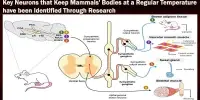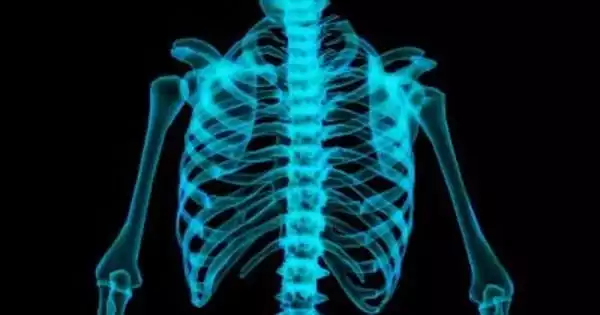In a recent study that was published in Science Advances, a research team at the Institute of Genetics and Developmental Biology (IGDB) of the Chinese Academy of Sciences under the direction of Professors Dai Jianwu and Zhao Yannan demonstrated a method for covalent conjugation between biomaterials and cells to create spinal cord-like tissue with drug-guiding function for SCI repair.
SCI repair is one of the world’s most challenging medical problems. Stem cell- and biomaterial-based engineered spinal cord-like implants offer a novel approach to enhancing the therapeutic effects of SCI.
The stiffness, surface topological structure, and porosity of the scaffold, as well as the change of integrin ligand or adhesion molecules based on noncovalent interactions, can all affect how adherent stem cells are to them.
Noncovalent adhesion’s dynamic reversibility, however, can be harmful for cell retention in challenging situations following SCI.
Covalent interactions create more durable bonds that bind atoms together by sharing electrons, as opposed to noncovalent interactions. Yet, it is still unclear if covalent coupling of biomaterials and stem cells can be applied to tissue engineering.
In this study, the researchers first metabolically labeled human neural progenitor cells (NPCs) with Ac4ManNAz and modified the collagen scaffold NeuroRegen with dibenzocyclooctyne (DBCO) groups to create covalent interaction between biomaterials and cells.
The researchers found that covalent coupling increased cell development, caused cells to migrate along the direction of fibers, and greatly extended cell retention on the scaffolds.
The N3-labeled human astrocytes were then added to the collagen conduit together with the NeuroRegen scaffold containing NPCs to create an engineered transplant that resembled a spinal cord.
They provided Edaravone, a neuroprotective drug, to lessen oxidative stress after the implantation into SCI sites based on the covalent recognition between N3-astrocytes and DBCO-modified nanoparticles.
They discovered that the insertion of a designed spinal-cord-like transplant considerably aided in rat SCI recovery of locomotor function, neuronal regeneration, and angiogenesis.
The researchers have been dedicated to SCI repair research for more than 20 years. In clinical trials involving more than 100 patients, the NeuroRegen scaffold they designed was successful. They are working on a spinal cord tissue engineering project based on the NeuroRegen scaffold to better enhance the therapeutic impact.
They have compared neural stem cells from various tissue origins in order to choose the best seed cells for spinal cord tissue engineering. They have also devised a culture method for astrocytes and clinical-grade neural stem cells obtained from human spinal cord tissue.
They are working to create tissues that resemble the human spinal cord that can be used for human SCI therapy through their past research as well as the current study.
















